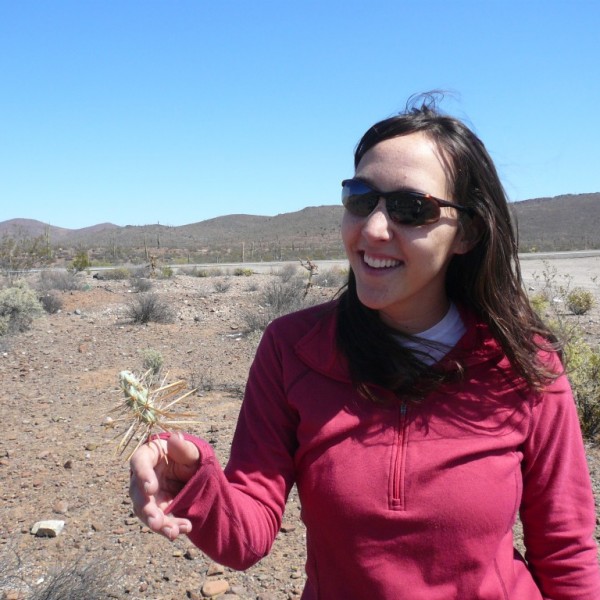
Population genetics during a range expansion in the black mangrove, Avicennia germinans 2015
Chicago Botanic Garden
Ecology, Genetics
Species undergoing range expansions often experience rapid population growth at the range edge. Rates of inbreeding may be high in populations at the range edge due to smaller population size and isolation. Mangroves are tropical woody plants that are currently expanding their range into more temperate zones and have doubled in area in northern Florida in the last 25 years. There are three mangrove species expanding their ranges in Florida, but the black mangrove, Avicennia germinans, is the species that is currently the furthest north and has the most well-developed populations at its northern range limit.
This project will examine population genetics of the mangrove Avicennia germinans at its northern range limit. Microsatellite markers will be used to assess genetic diversity in five populations spanning the range of A. germinans in Florida. Samples have already been collected and labwork will be conducted at the Chicago Botanic Garden. Overall genetic diversity for each population will be assessed using average number of alleles per locus, percent polymorphic loci and observed vs. expected heterozygosity. Partitioning of genetic variation between populations will be determined by calculating pairwise Fst values. This project will contribute to our understanding of patterns of genetic diversity during a range expansion.


